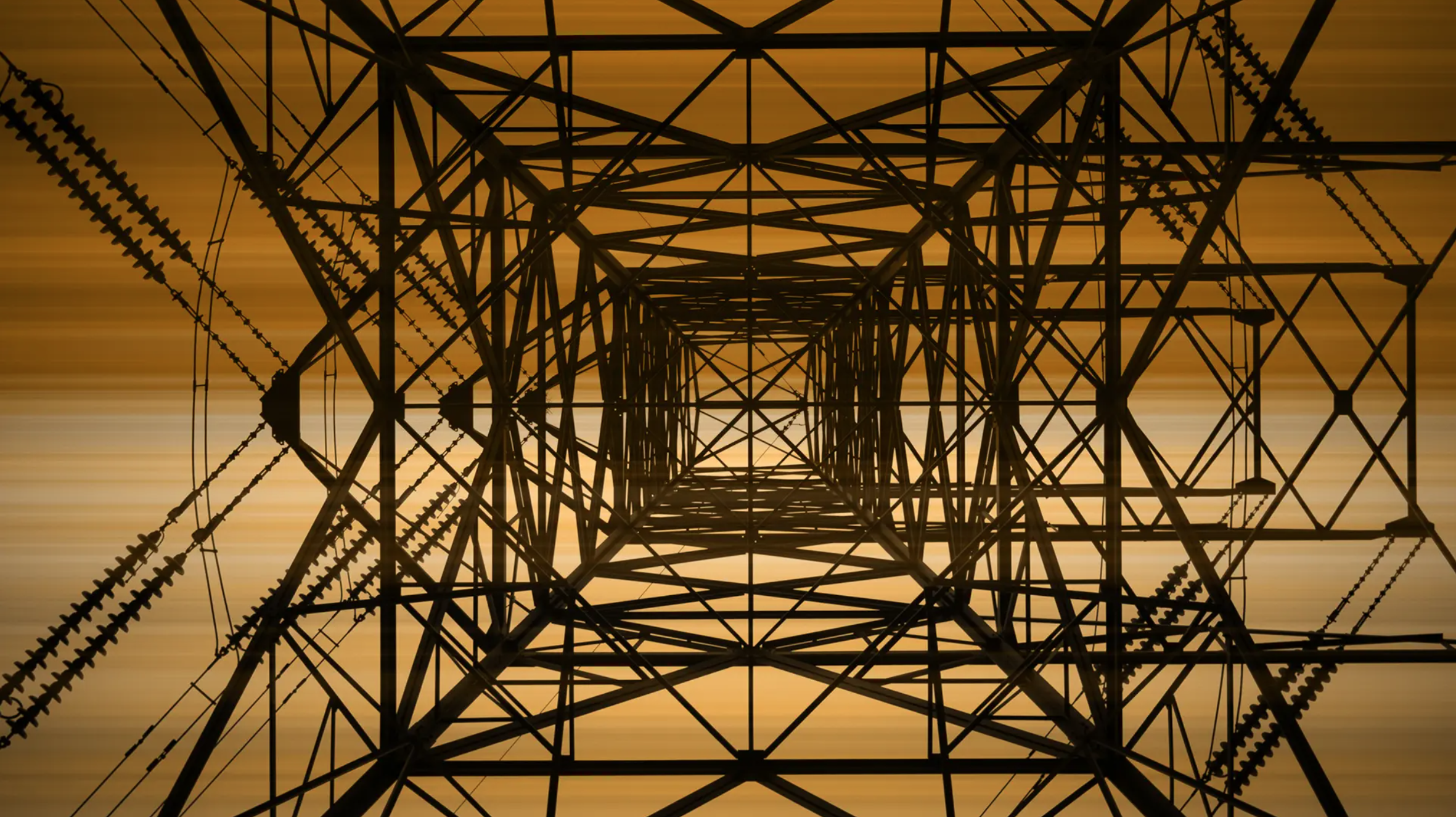Between the ongoing war in Ukraine, decreased supply of natural gas, and domestic inflation, many consumers will be met with record-breaking heat bills this winter. Particularly, utility companies in the northeast region of the United States have already projected that their customers’ average monthly electricity bill will increase by as much as 64% this winter. While this region is particularly susceptible to the price volatility of natural gas supply and pricing, with more than 53% of housing relying on it for electricity, recent legislation could provide consumers with more options of how they receive their power.
In mid-August, Massachusetts Gov. Charlie Baker signed into law a major climate bill, An Act Driving Clean Energy and Offshore Wind (H. 5060), paving the way for the Commonwealth to meet and exceed its carbon reduction goals. Importantly, this bill contains provisions for ensuring that the future of the grid takes into account the expected growth of community solar and other distributed energy resources (DERs) that will play a critical role in reaching those goals.
What does grid regulation have to do with community solar? It is evident that Bay Staters are strongly in support of transitioning towards renewable energy sources such as solar. However, current grid infrastructure is not optimized to support the efficient usage of DERs such as community solar. Oftentimes regulatory agencies, while tasked with ensuring reliable, cost-effective and equitable access to electric services, are not in step with current interests of all consumers and the future of energy generation. This bill looks to change that.
The law establishes the formation of a Grid Modernization Advisory Council to receive individual electric distribution companies’ electric-sector modernization plans. Within these plans, submitted from companies once every five years, companies are required to allow for customers to better express their preference for access to renewable energy resources like community solar. Aligning the Advisory Council with utilities and key stakeholders is essential to integrate new technologies such as community solar and other DERs into the electric grid.
“Preparing the grid for the growth of renewable energy resources and the electrification of the heating and transportation sectors is critical to achieving the Commonwealth’s clean energy goals and greenhouse gas reduction requirements,” said Mike Judge, Vice President of Strategic Initiatives at CCSA. “With this law in place, we can proactively plan for the future so that we achieve our goals in the smartest and most efficient manner possible.”
Additionally the bill takes important steps to remove previous restrictions including those that prevented the presence of community solar on agricultural or horticultural land. The bill also removes restrictions that had limited each property to only one net metering solar facility, while also increasing the amount of net-metered capacity a homeowner can qualify for from 10 to 25 kilowatts.
“Massachusetts has had a lot of success in deploying DERs in the last decade, but the pace of deployment has plummeted as interconnection becomes more costly and time-consuming. This bill requires utilities for the first time to proactively plan for the deployment of DERs, and authorizes the Department of Public Utilities to approve investments in the grid that will enable more community solar projects and other DERs,” said Jessica Robertson, Director of Policy and Business Development, New England at New Leaf Energy. “The grid we have today is not the one we will need in order to meet our climate goals. This grid modernization legislation will kick off that transformation, which is a challenge that every state will need to tackle as they decarbonize.”
While grid modernization and regulatory policy surrounding DERs may seem a bit technical, they play an invaluable role in allowing community solar and other renewable energy sources to interconnect to the grid and be accessed by consumers. Law such as Bill 5060 will unlock the potential for more jobs, energy choice, and resiliency on the state’s grid as it strives to reach its ambitious goal of statewide emissions reduction targets of 50% by 2030. Massachusetts sets a great precedent for other states to follow.




